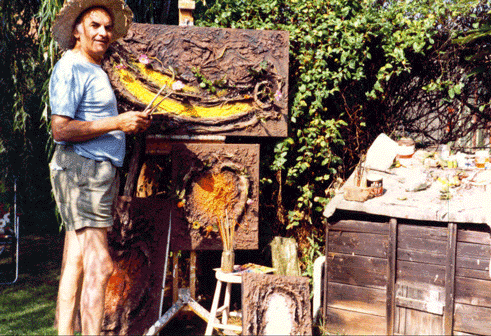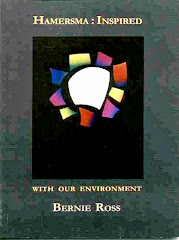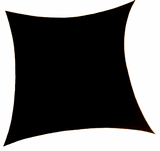
This book was published on 3rd September 2006
In 1939 a young man, who'd lived a sheltered life, was called up to serve for his country. A minor health problem had prevented Hamersma from attaining the education he deserved; and anyway, his youth was spent in the years of The Depression. Nobody of his age had experienced the world. Traveling to 'the Holy Land' and Greece, seeing the sights we now regard as tourist spots, learning the ways of the world; it was exciting and stimulating. Hamersma sketched at every possible moment, as a photographer records every nuance of a scene.
As an orderly in the Royal Army Medical Corps (RAMC) Hamersma witnessed the ravages of war first-hand. Yet within months, he and many thousands of troops were captured by the Germans and shuttled, in death-defying conditions, to Stalag VIIIB. It was four years before he could return home. At the time, of course, nobody knew when the war would end, if ever. Sketching and painting on any scrap of paper helped him and provided interest to his fellow prisoners but no artwork survived when they were all released.
For forty years he remained quiet and humble about his traumatic experience as a POW, but in 1984 he was able to express himself through recreating the drawings and sketches that had been so cruelly lost when the prisoners were liberated and the camp dismantled. Unable to keep all these new sketches he took photos to make into a slide show and he made a tape recording to accompany the slides.
This book puts all the material together so that - as Hamersma said was his reason for uncovering the painful memories - it may help others. ISBN 0 95444 659 3 This is a limited edition and all copies are now sold.
The publisher address for special requests is available by email. This publication, like all Writing Life® books, is a self-funding, non-profitmaking venture.
Softback, perfect bound. 150 pages. including approx. 80 exclusive colour images and 3 photos of Hamersma as a soldier. Contact Braintree District Museum - there might still be one for sale in their shop.
List of Owners (First 25)
1. James Baker, Art Collector, London W1
2. Peter Bailey, Writer, UK
3. Jean-Pierre Appel, Lutheran Pastor, Wisconsin, USA
4. Barbara. A Rope, Writer, Spain
5. The Family Budd, Van Gogh enthusiasts, UK
6. Emily Davies, Granddaughter, UK
7. Private
8. Theresa Le Flem, Daughter, Artist, Novelist, UK
9. Mr & Mrs P. Hillman, UK
10. Hilary Custance Green, Author, Cambridge UK
11. Bernie Ross, Daughter
12. Leon Ross & Emma Hogarth, Grandson & partner
13. Brian & Muriel Baker, Hamersma 'fans', UK
14. Imperial War Museum, London
15. Braintree District Museum
16. Braintree District Museum shop
17. Braintree District Museum shop
18. Mrs Jacqui North, long-standing friend of the family
19. Pam and Ron Wood
20. Legal Deposit Library
21. Legal Deposit Library
22. Legal Deposit Library
23. Legal Deposit Library
24. Legal Deposit Library
25. Legal Deposit Library






























